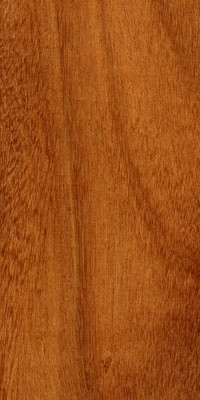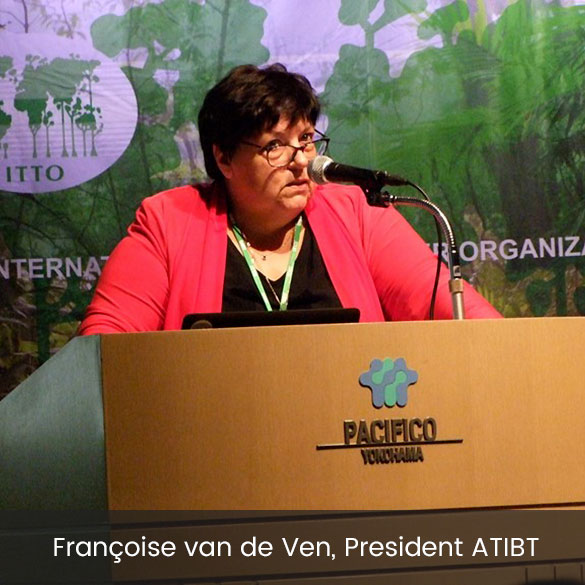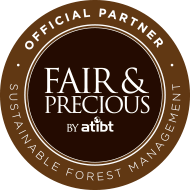

Afrormosia is a large tropical tree of the forests of Central and West Africa. The wood is yellow-brown with dark veins, and is used in cabinet making and flooring. Its trade is regulated: Afromosia is listed in Appendix II of CITES and Appendix B of the EU Regulation.

Pericopsis elata
Family: FABACEAE (angiosperme)
Commercial restrictions: this species is listed in Appendix II of CITES
Afrormosia is a large tree of the forests of West and Central Africa which can reach 60 m in height and 1.5 m in diameter. The bole, devoid of branches up to about 30 m, is covered with a gray bark dotted with reddish spots.
As afrormosia is a naturally very durable to resistant species, its wood was previously widely used in shipbuilding and served as a substitute for teak. Today, its exploitation and trade are regulated: afrormosia is listed in CITES (Convention on International Trade in Endangered Species of wild fauna and flora), appendix2 and in the European Union Regulation, appendix B. Parts of wood and wood-made products which are regulated aredefined by a note: logs, sawing woods and veneers. To trade these parts and products, the exporting or re-exporting countrymust emit a CITES permit or certificate and an importation permit is compulsory to import within the EU.
Afrormosia timber is adapted to various uses:
Structures and panels
Exterior joinery (building facade)
Carpentry and interior fittings
Outdoor equipment - Recreation
Shipbuilding
Miscellaneous uses
Afrormosia is native to the forests of Central and West Africa. Today, only a few natural populations exist, mainly in Cameroon and the Democratic Republic of Congo.
Afrormosia is found in dense evergreen forests. Natural regeneration of this species is difficult, which is a problem for the maintenance of its population.
See the Tropix sheet of afrormosia (CIRAD).
See the Tropix sheet of afrormosia (CIRAD).
See the Tropix sheet of afrormosia (CIRAD).
Sources :

Engage
Do you want forest resources to be preserved?
Do you want to contribute to helping local populations and to protect the fauna and flora?
Do you want to help us promote a sustainable material with exceptional qualities?
